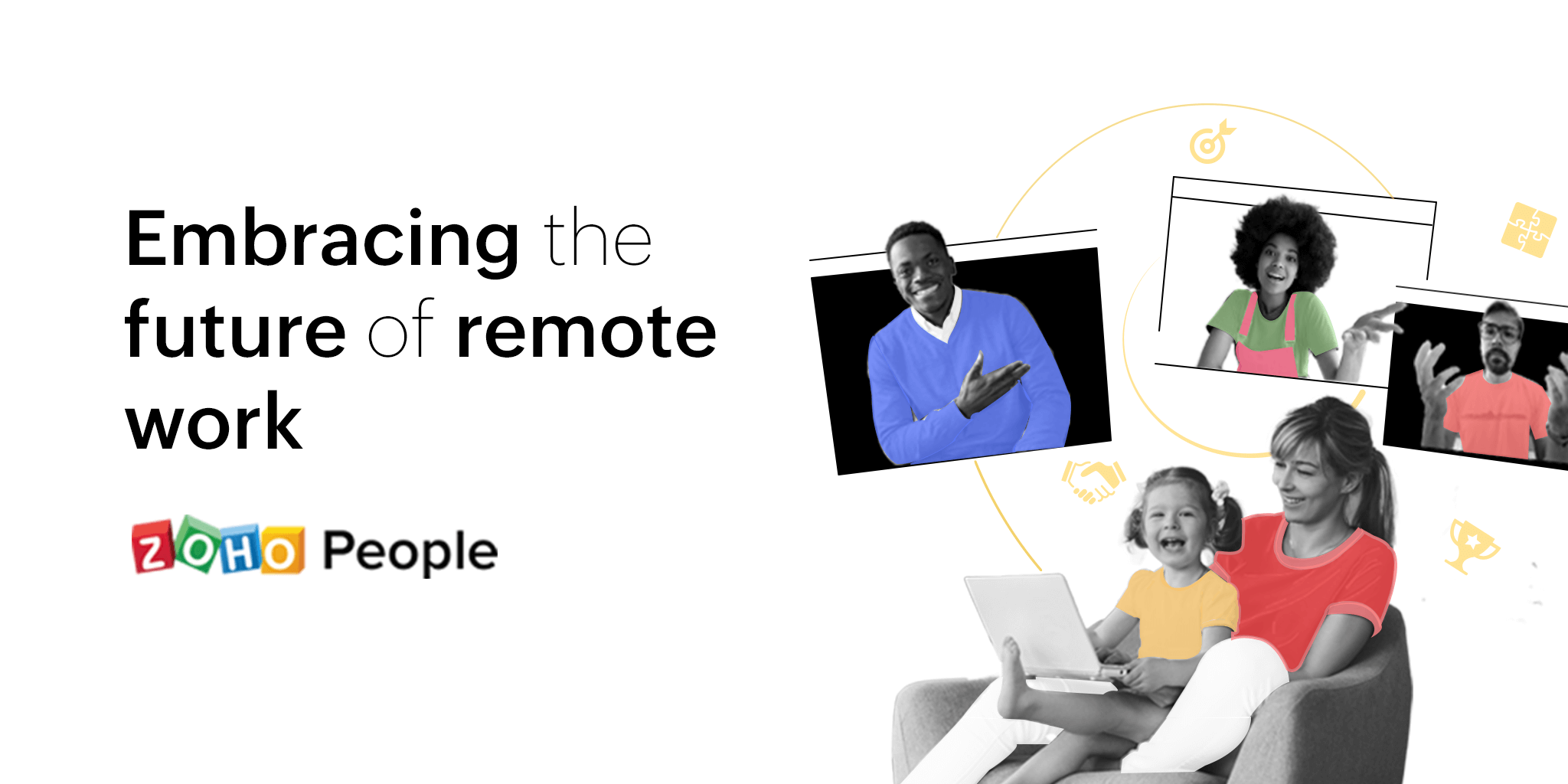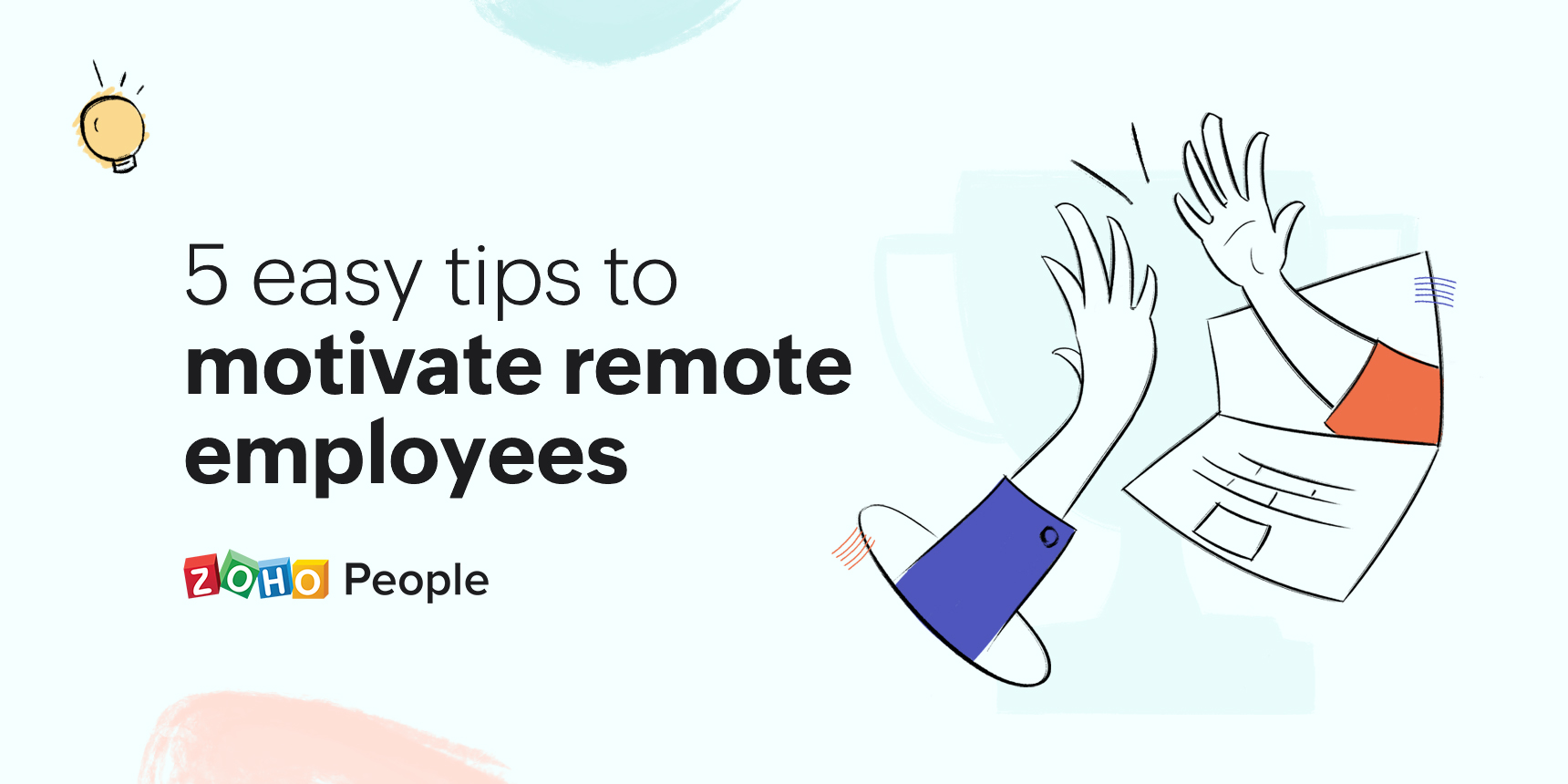- HOME
- COVID-19 Resources
- 5 tips for a long-term remote work strategy
5 tips for a long-term remote work strategy
- Last Updated : August 23, 2023
- 1.6K Views
- 5 Min Read

With COVID-19 cases still on the rise in many parts of the world, many employees and managers are apprehensive about returning to their worksites. The transition to remote work forced by the pandemic has proven that employees can still be successful while working from home. Productivity, collaboration, and innovation haven't suffered despite the circumstances, and many employees actually prefer the idea of working from home at least part-time. This has driven some organizations to consider adopting a long-term remote work strategy.
Long-term remote work comes with plenty of employee benefits, including more autonomy and flexibility, a better work-life balance, and best of all, no more long commutes. For management, it means a happier workforce, lower overhead costs, and access to a broader talent pool. By crafting a strong strategy ahead of time, you can avoid any potential downsides of remote work and soak up the advantages of breaking away from the traditional office environment. Here are five tips to keep in mind while switching to long-term or permanent remote work:
Revisit your hiring practices
Remote work paired with the COVID-19 pandemic has made far-reaching changes to the way organizations recruit. In-person interviews are going virtual, entire teams are being formed through remote positions, and the skills that managers look for in their candidates have changed immensely. As you adopt a long-term remote work policy, remember to realign your hiring practices to suit these present conditions. Soft skills like accountability, communication, and self-motivation are more important for your remote employees because they'll have to create their own work structure and complete tasks with less oversight. People who are looking for remote work will expect an all-digital hiring experience as well. By strengthening your tech stack with recruitment, HR, and collaboration tools, you'll be able to provide better virtual interviews, communicate with candidates easily, and improve the overall application experience. This shows a remote candidate that you care about your employees, no matter where they work from.
Set clear expectations
Trust is an essential ingredient for remote workforce management. Instead of glorifying longer working hours, reward employees based on the quality of the work they do and create policies that reflect that. Fixing rigid schedules or requiring live video feeds will counteract the benefits of remote work. Instead, some good guidelines to specify for your remote employees may be:
➤ Communication channels your remote employees are expected to use
➤ Work progress reports that they are required to submit
➤ Deadlines for responding to questions and requests
➤ Work hours that they are expected to follow
➤ Guidelines for organizing meetings
➤ Parameters for measuring remote employee performance
Having some accountability is a good idea, even in a remote work environment, but these policies should nurture trust in your employees. Once you have them drafted, encourage feedback from your teams and then share the finalized versions with the entire organization so everyone is on the same page.
Improve your privacy and security practices
Remote work may pose certain security challenges as employees are working from different locations. However, with the right precautions, you can prevent security attacks from threatening your brand image. Encourage your employees not to use their personal devices or public wifi connections for office work as this can increase the chances of hacking attempts and malware attacks. Implement a Virtual Private Network (VPN) to ensure your remote employees always have secured access to your organization's internal network. Asking for two-factor or multi-factor authentication is another great way to keep your data safe, and of course, always remind your employees to update their system passwords regularly and never share them with anyone.
Extend the necessary support
Even if your employees are among those that have been working remotely for almost a year, adopting a permanent remote work policy will be a huge adjustment for them to make. Some may not have the right facilities to continue remote work in the long-term. Others may have a hard time trying to balance their personal and professional routines, or they may miss the interaction and structure that an office environment provides. If you are asking your employees to make this change for the foreseeable future, the best way to encourage them is through support. You can:
➤ Provide financial resources to help your remote employees set up their home office.
➤ Implement digital tools that will help remote employees communicate easily and be more productive.
➤ Approve flexible schedules until your remote employees get settled with their new routine.
➤ Offer resources such as workshops and guides to help parents learn how to balance work and their children's needs.
➤ Partner with food delivery services to get a discount for employees who are unable to cook every day.
After remote work has gone on for a while, the candid conversations that your employees share may start to become few and far between. Instead, team members may be inclined to come online, do their work, and check out as soon as they are done. This can lead to feelings of loneliness and detachment, which is dangerous to your organization as well as your employees. Make it a point to touch base with them often to see how they're doing. Organize fun video meetings at least once a month to ensure they don't lose their connections to each other and the team as a whole. If you're planning on continuing remote work even after the pandemic, it may be worthwhile to have in-person gatherings once or twice a year.
Introducing small changes to your usual employee management strategies can go a long way toward making long-term remote work more successful. When the work environment is conducive, your remote employees can be happier and more productive because the role will nurture their independence and cater to their unique schedules.
We hope this blog helps you adopt a successful long-term remote work strategy. Is your organization thinking about letting its employees work from home permanently? If yes, what are some ways you are shifting your management practices as a result? Leave your answers in the comments section below!
Also read:6 tips to improve remote leadership
 Tarika
TarikaContent Specialist at Zoho People


